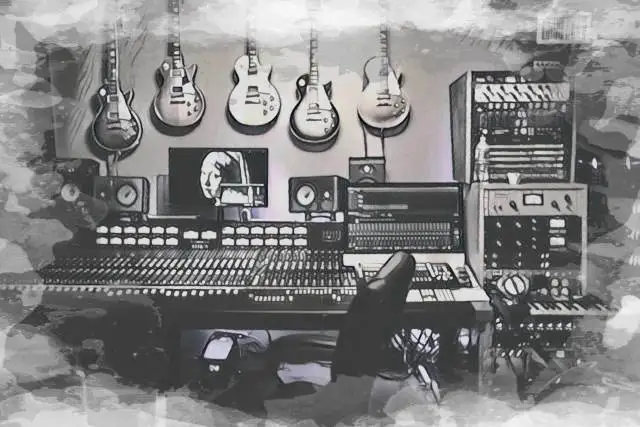In a time when you can make music using GarageBand and a pair of earbuds, does it still make sense to invest money and time in buying the best music production equipment?
A home recording studio can help you create your own sound signature and provide you with a physical space carefully designed to enhance your artistry. So yes, if you’re serious about it, you should definitely start building your home studio today!
While modern technology allows you to make music with virtually anything/nothing, there’s gear you must have if you want to create professional tunes at home.
So let’s take a look at each item and explain why you need it and how to choose the best model for you.
Computer
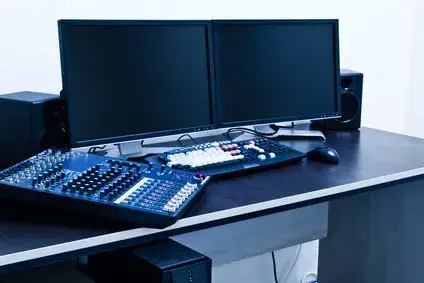
Assuming you want to make music digitally, the computer you use will be the foundation of your home recording studio. It’s where everything happens, be it recording, mixing, mastering, or all three.
Whether you're a Mac or Windows user, look for high-performance processors, plenty of RAM (8GB is just about enough, but I'd recommend more), and an SSD drive (it'll make your DAW and applications run smoothly).
Chances are this will be one of the biggest investments in your home recording studio. Still, having a subpar computer running your DAWs and plugins will undermine your creative process, so do your research and choose wisely.
DAW (Digital Audio Workstation)
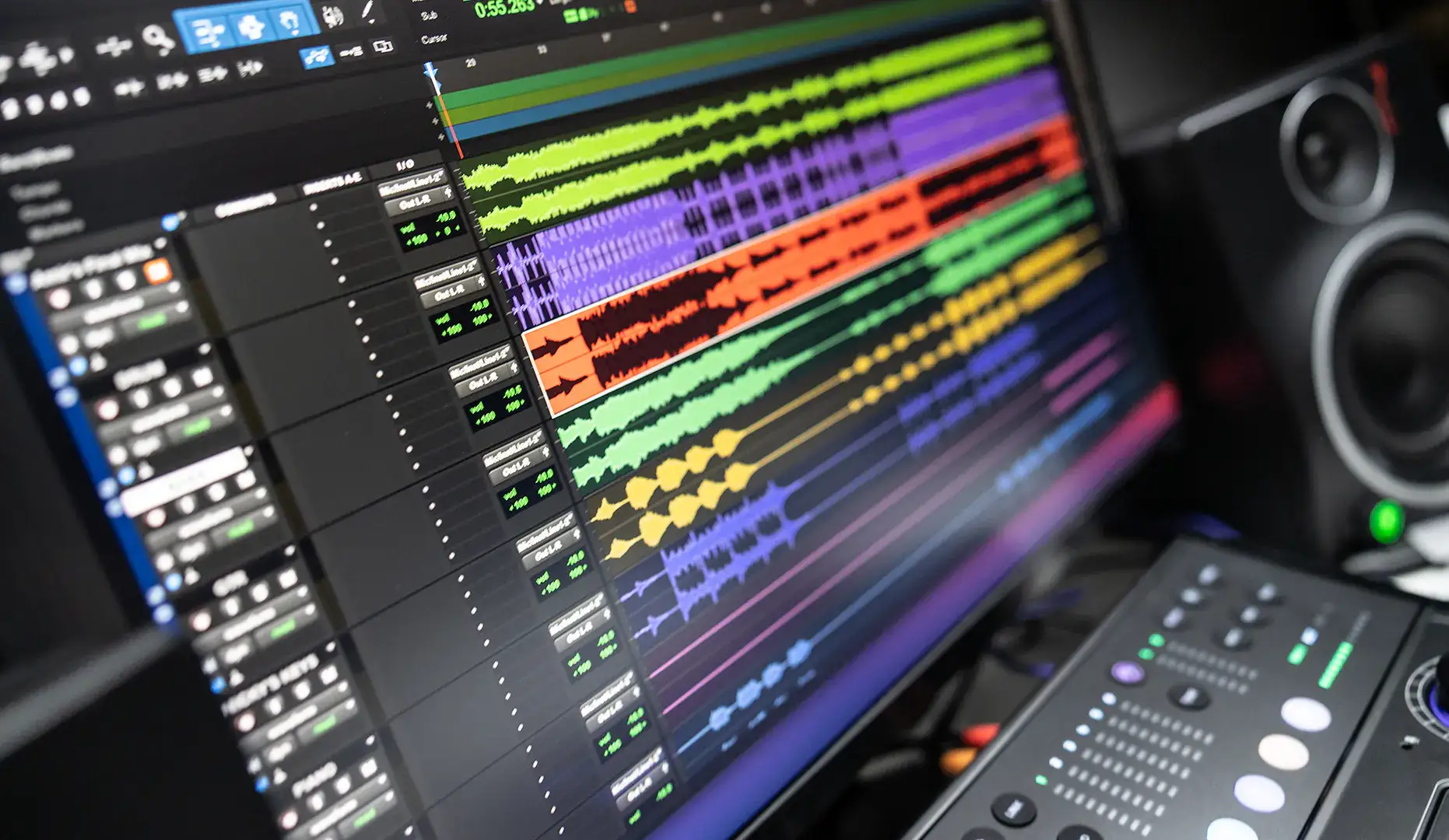
Digital Audio Workstations are just like recording studios, but running on your computer; they can offer the quality level of professional studios and the versatility you need to create your own creative environment.
Now, there are dozens of DAWs to choose from, and we can spend days talking about each one. Furthermore, choosing your DAW is also a crucial decision that will define your workflow more than anything else.
Instead of reviewing each digital audio workstation, I’ll tell you how I think you should choose the best one for your needs.
First of all, the budget. DAWs like GarageBand and Audacity are free and can offer plenty of ways to produce music. However, you might find them limiting once you start expanding your sonic palette.
When it comes to paid DAWs, prices can be anywhere between $50 to a grand for complete recording environments and extensive sound libraries. Some, like Pro Tools, offer yearly/monthly subscriptions for full access to the DAW’s environment.
You might think that the more you pay, the better chances you have to make great music. But in reality, the size of your sound library and the number of features only have an impact when you can make the most of them.
What’s crucial is the workflow, your familiarity with the digital audio workstation and the sounds you have at your disposal. If you’re just getting started, investing in the Ableton Live complete package probably makes no sense: starting small, and learning to use each element of your DAW should be your top priority.
Most DAWs offer trials, so make sure you give them a try before purchasing them. They all tend to be quite intuitive, but depending on your workflow and the genre you work in, one might suit your needs better than the others.
If possible, find out which DAWs your favorite artists are using. I once tried creating a beat using Soundforge because Burial mentioned in an interview that he used it to sketch out his drum loops. It didn't take long to realize that SF wasn't for me!
Still, more often than not, you’ll find that some DAWs are more popular in certain genres or purposes than others. FL Studio and Ableton Live are big in electronic music, Reaper and Cubase for film composing, Studio One for live streaming, and so on.
Finally, there are hundreds of tutorials online for each DAW, so delve deep into the workstation of your choice and explore how it handles every aspect of music production. Some DAWs come with steeper learning curves than others but might offer better value for money (like Reaper, for instance).
Headphones
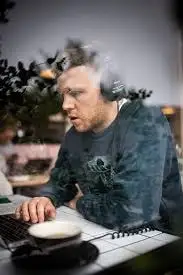
Making music using your earbuds won’t give you the full overview of the frequency range of your track, which is something you absolutely need when making music with the objective of releasing it.
Let me explain the concept in more detail.
People listen to music in countless ways; some using cheap earphones while commuting in noisy environments, others through high-end speakers in their carefully-crafted listening room.
Some people use Spotify, others Tidal. Some prefer to download music from Bandcamp, and others buy physical formats. Needless to say, your music should sound great, regardless of the format, reproduction system, and environment chosen by the listener.
You accomplish that by mixing your music using neutral headphones, i.e., headphones that don't add any sort of coloration (enhanced bass, for instance) when reproducing your music.
These are headphones designed for mixing, so the music will sound a bit flat when compared to the one coming out of headphones for music listening.
That said, studio headphones are the go-to option for music-making, full stop.
I talked about different headphones in a previous article , so make sure you check it out if you want to find out more on the topic. If you want my advice, get a pair of Sony MDR-7506: these are exceptional cans that last a lifetime and offer a neutral sound perfect for all sound jobs.
Audio Interface
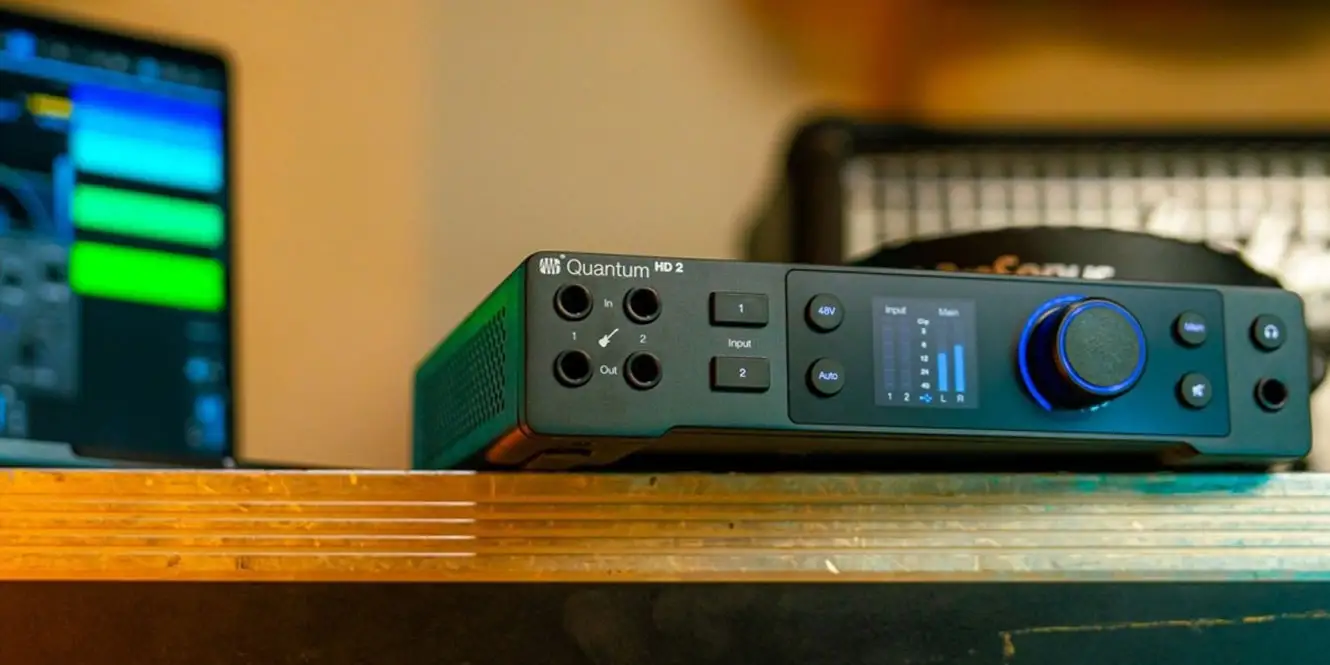
An audio interface converts analog signal into digital signal for your computer and vice versa. You need one when recording any type of sound source, so if you're an electric or acoustic guitar player, a singer, a piano player, or you use any real instrument when creating music, you must have one.
There are endless options these days, so when you're getting one, think about the quantity of inputs and outputs you need and if it comes with high-quality preamps.
When it comes to connectivity, going for USB audio interfaces is the safest option, and they're also the most common ones. However, Thunderbolt interfaces provide faster data transfer rates (they’re also more expensive).
The Focusrite Scarlett 2i2 audio interface is extremely popular and for all the right reasons: it offers excellent value for money, is easy to use, and can help you bring to life high-quality audio when recording instruments.
MIDI Controller
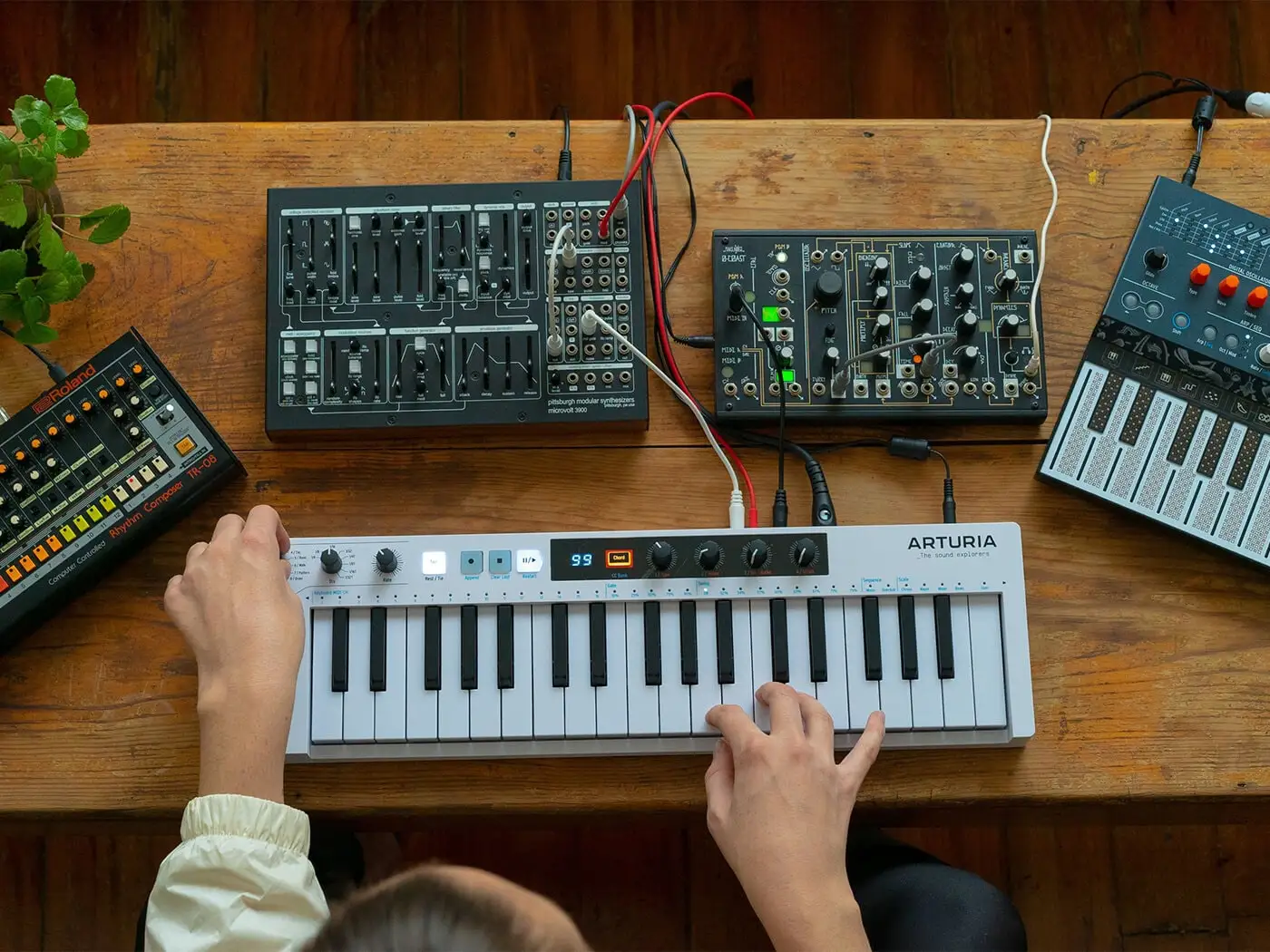
MIDI controllers (MIDI stands for Musical Instrument Digital Interface) can help a music producer work faster, especially with virtual instruments. They allow you to streamline your workflow while composing, controlling both your virtual instruments and your DAW and customizing the interface to suit your needs.
There are many types available, from MIDI keyboard controllers to pad and mixing controllers, so choose one that fits your production style. Options are endless, and it all comes down to personal preference: chances are you’ll need a keyboard to create melodies, but beat producers might find a pad controller more suitable for their music production. During live performances, on the other hand, MIDI mixers can help a great deal.
For traveling and music composition on the go, I use a Nektar Impact LX25+, one of the best MIDI keyboards I've ever had. It comes with 25 keys, fully customizable pads and knobs, and seamlessly connects with the DAWs I use regularly (Studio One and Reaper).
Studio Monitors
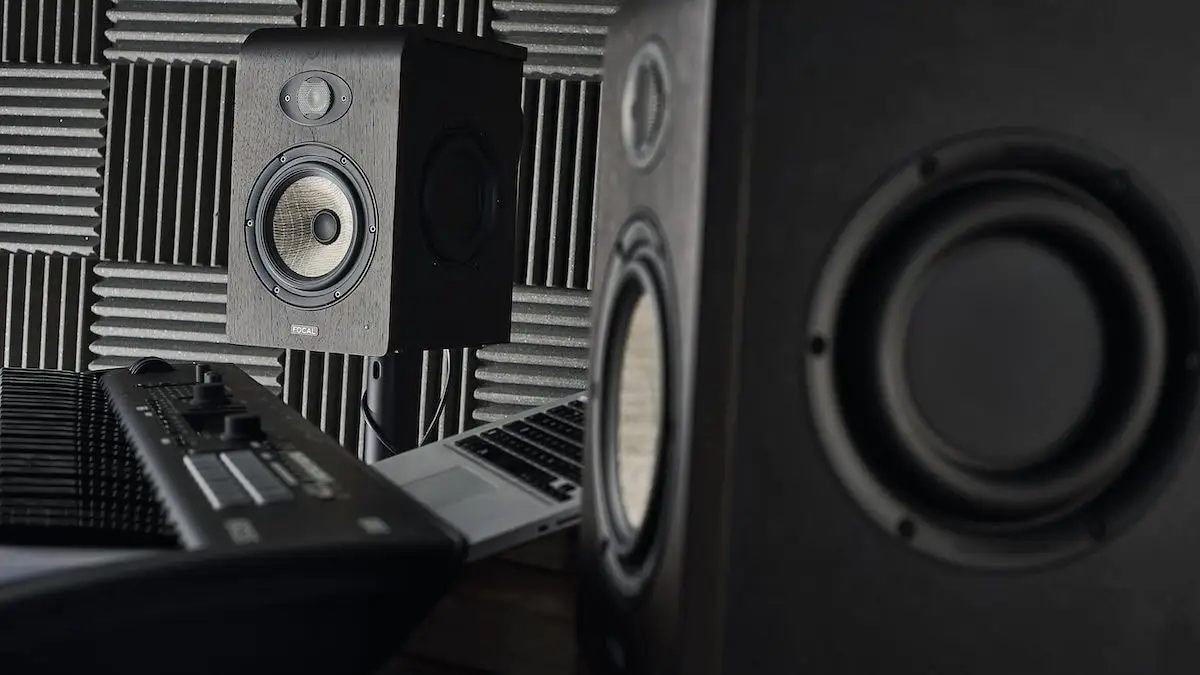
While you can just use studio headphones for music production, studio monitors are valuable for a couple of reasons.
First of all, they prevent ear fatigue. Post-production sessions can last for hours, and using headphones without regular interruptions can affect your ability to make conscious decisions.
Second, studio monitors are great for checking how your music interacts with the environment.
Frequencies coming out of your headphones go straight to your ears, whereas music that’s reproduced by speakers is affected by walls, furniture, and anything that’s in the listening room. When you want to create a mix that’ll sound professional in all listening circumstances, studio monitoring becomes critical.
Once again, there are plenty of studio monitors to choose from, depending on your budget and the size of your music production room. A great solution for most beginners is the Presonus Eris series, which offers impressive clarity for the price and has been my favorite option for home production for years.
Microphones
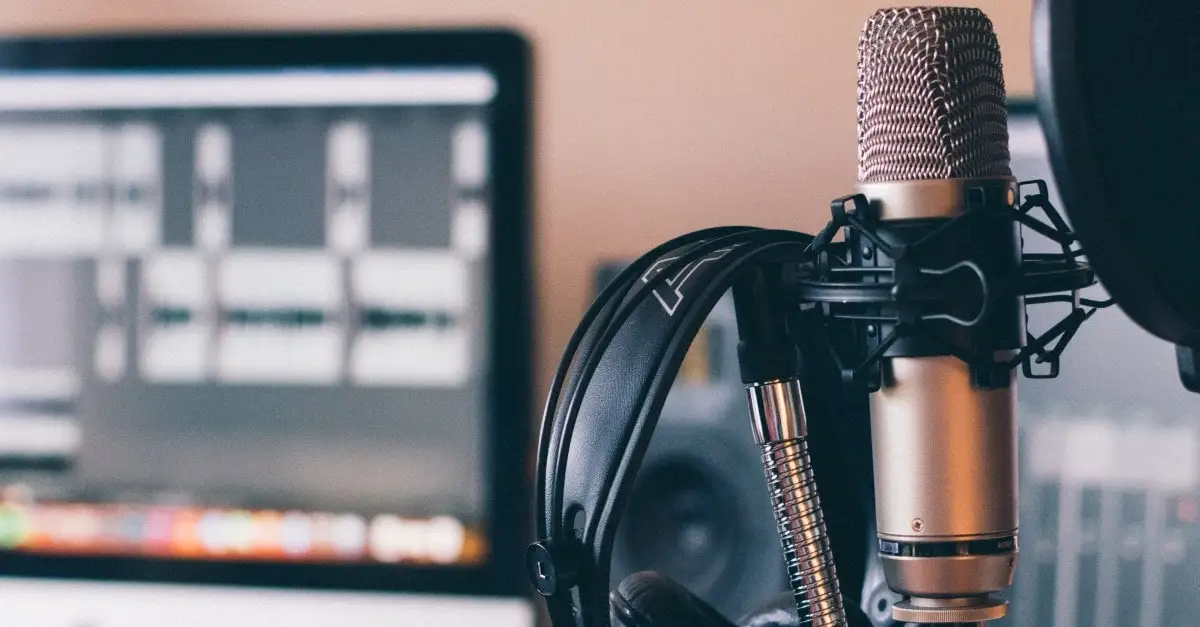
For recording vocals, instruments, or ambient sounds, high-quality studio microphones are essential.
The world of microphones is a complex one. There are mics designed for vocals, others that are perfect for acoustic instruments, others for drums, field recordings, and so on.
In general, a condenser microphone is highly sensitive and with a wide frequency response, which makes it perfect for a variety of purposes. A dynamic microphone, on the other hand, is ideal when you need to capture loud sources such as guitar amplifiers and drums.
If all this seems overwhelming, I’d suggest starting out with the versatile and highly regarded Shure SM57. This is a dynamic mic that’s been around for decades, and you’ll find it in every professional recording studio. It’s virtually indestructible, can be used for most purposes, and records high-fidelity audio.
Sound Library
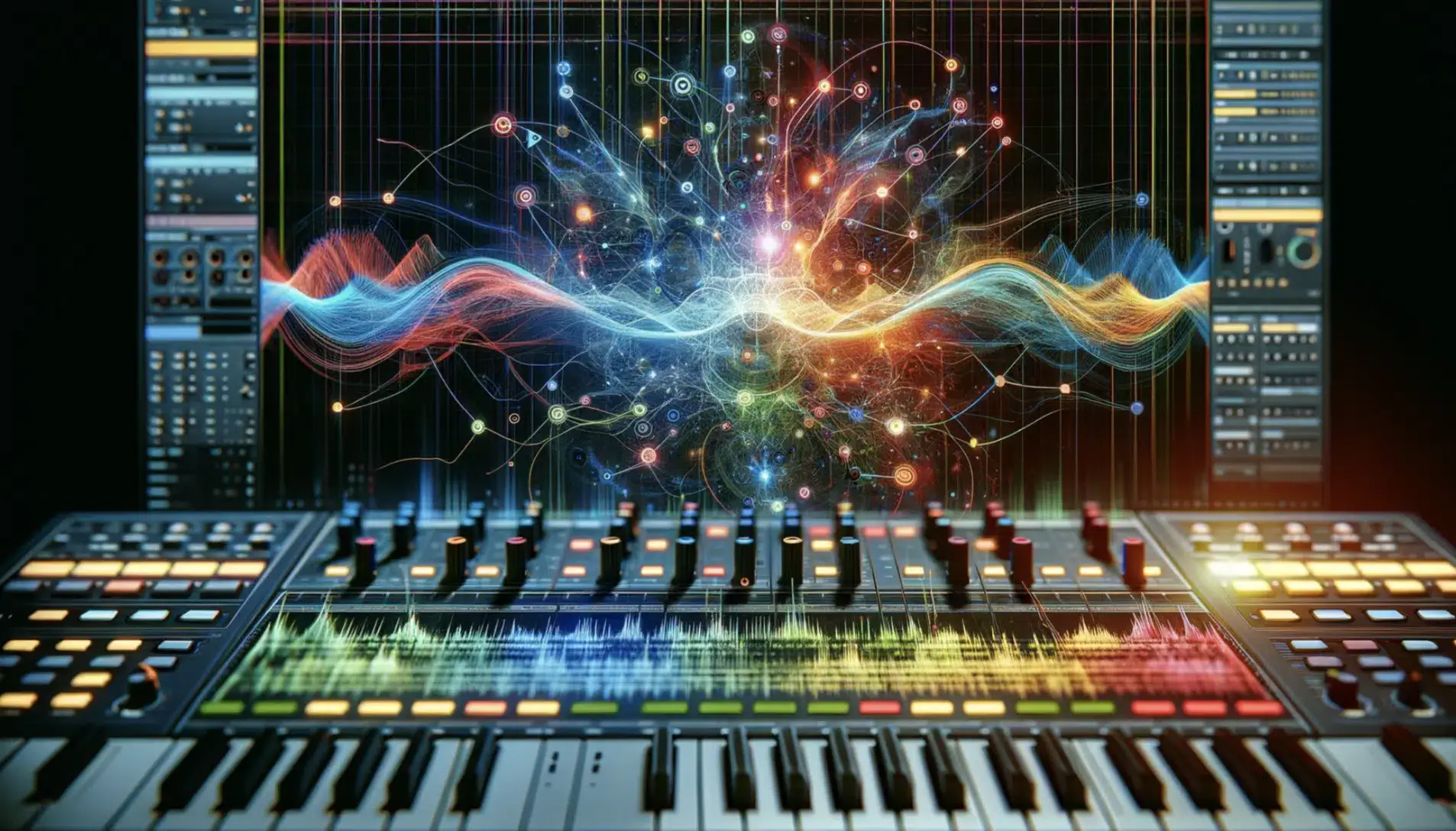
A sound library is a collection of sounds, virtual instruments, and effects you'll use to create your tracks.
When buying a DAW, you’ll probably get a set of built-in plugins and instruments you can use to get started. While these can sound great and are perfectly compatible with your DAW, adding third-party plugins can help you personalize your sound signature and make your music stand out.
Depending on the genre you work on, you’ll find countless options online, from sample packs to virtual instruments, and post-production effects. You might find some good-quality libraries for free, some affordable, and others, like the ones by Native Instruments or Spitfire, that empower you with the sound of an entire orchestra at your fingertips.
However, a great place to get started is the built-in library your DAW comes with. Chances are you already have dozens of software instruments, software synthesizers, drums, and samples at your disposal, so do explore the instruments you have before spending or using extra disk space on new sample packs.
Extras

While listed above is the essential equipment to make music these days, there are other items that can greatly improve your creativity and productivity.
Acoustic treatment panels can help you create the perfect recording environment at home, creating a space where noise and reverberation are kept in check.
It might not seem crucial, especially if you're just getting started, but once you start producing music professionally, you'll want to hear your music in the best possible way, both during recording and post-production.
Next come high-quality cables and wires. They can make a huge difference in the quality of your productions and remove plenty of unnecessary noise. When it comes to sonic artifacts, while you can always remove them when mixing music, it’s always better to tackle the problem at its source. If possible, get the best possible cables for your gear, which will ensure your recording sessions won’t be disrupted unnecessarily.
Finally, don’t underestimate the importance of being comfortable while producing music. Getting a good-quality chair and a desk designed for music production will allow you to make music for long hours and reduce tiredness.
This is especially important during post-production sessions, where things can go on for longer than planned and you need to be 100% focused on the task at hand.
Music production desks should have a dedicated space for your studio monitors, a MIDI controller, a big screen, and a pull-out drawer for your keyboard and mouse. Aside from that, it should all come down to your budget and space availability.
Final Thoughts
Now that anyone can make basic music with their smartphones, getting dedicated gear for music production is a testament to the commitment music producers put into the craft.
Plus, it makes it easier to create a unique sound signature, and most likely leads to better music production in the long run.
Bringing to life a professional recording space where you can express yourself fully, using the best studio equipment you can afford to make radio-ready music, is the first step of an exciting and creative journey that’ll bring you joy and, perhaps, lead to a successful music production career.
Good luck!


